When it comes to the grandeur and majesty of the African Savannas, the formidable size of Large Antelope cannot be ignored. Starring the elands, these colossal beings showcase an awe-inspiring combination of strength, grace, and survival skills.
Let’s Explore the World of Large Antelope
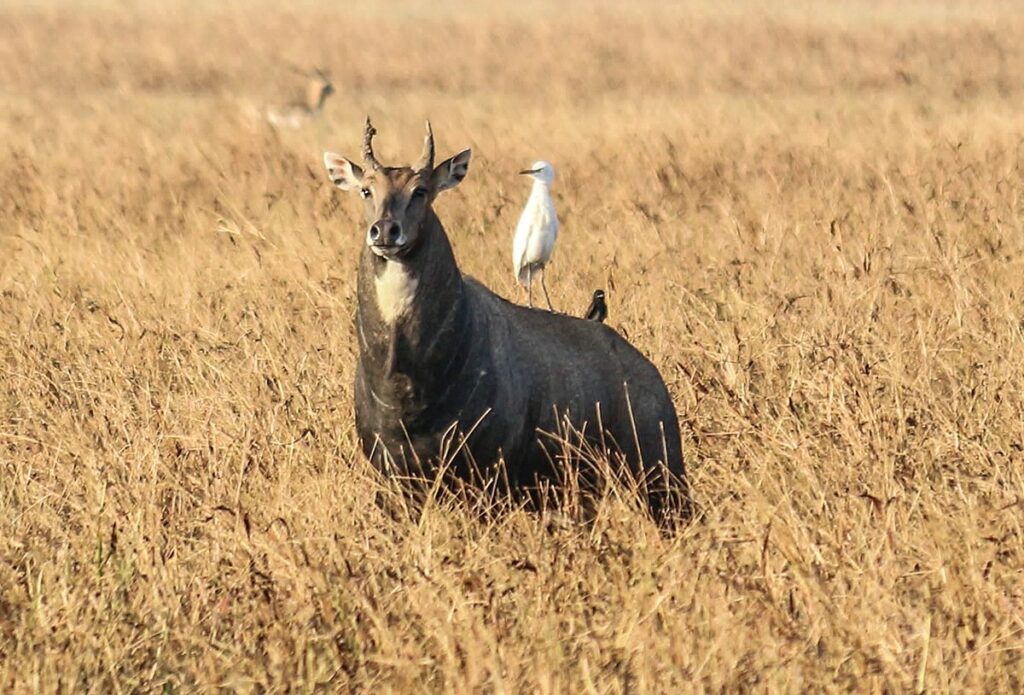
Foremost amongst large antelopes, we find two distinct species of elands – the common eland and the giant eland. They share the Savannas and plains with a variety of other fauna, each contributing to the intricate ecosystem. Regrettably, these magnificent creatures have been compromised due to uncontrolled hunting and loss of habitat, with a subspecies of giant eland finding a place on the Endangered Species List.
The Eland: A Remarkable Type of Large Antelope
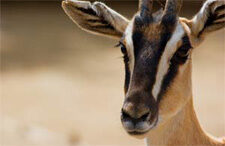
Let’s take a closer look at the elands, the colossal beacon of antelope species. Boasting a height of up to six feet and weighing almost a ton, their formidable presence is easily noticeable.
Physical Characteristics of Elands
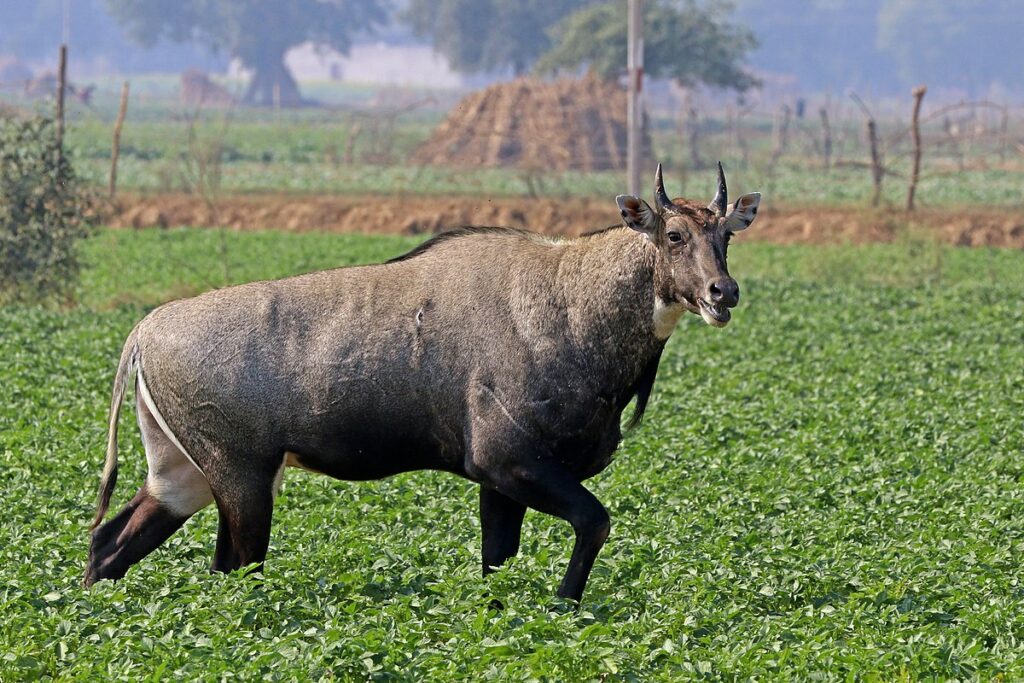
The elands, irrespective of gender, brandish long, spiraling horns, extending up to three feet. These majestic beasts wear a light brown coat laced with vertical white stripes. As elands age, their color shift towards a more blueish-gray tone and the mature ones might even appear black.
The Eland way of life
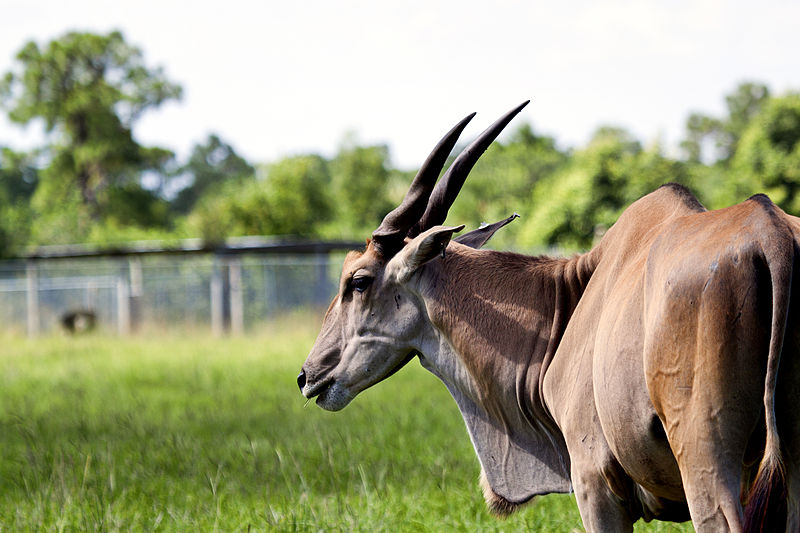
Elands may resemble cattle, but their social and behavioral patterns are uniquely fascinating and worth exploring.
Natural Habitat and Diet
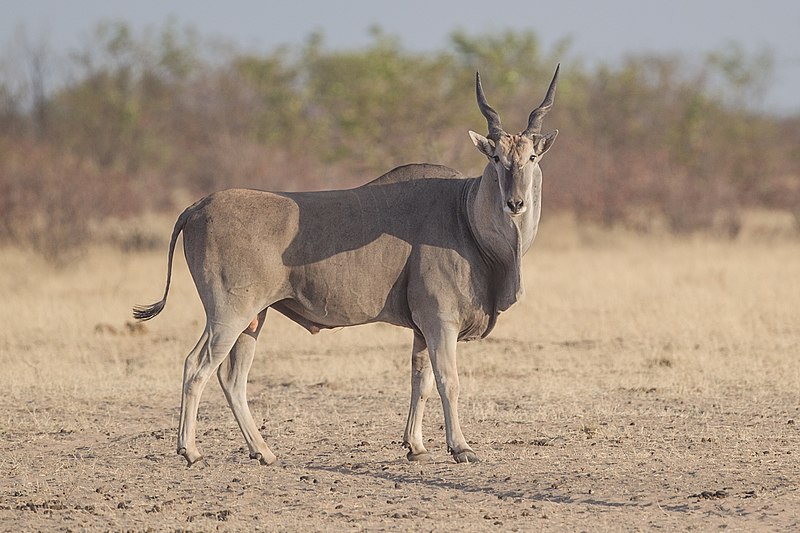
Elands are more inclined towards inhabiting grasslands and mountains, steering clear from forests and swamps. They display a diet diversity that extends to leaves off of shrubs, assorted fruits, roots, and bulbs. Thanks to their towering horns, hard-to-reach food is a cinch for these guys!
Reproduction and Social Characteristics
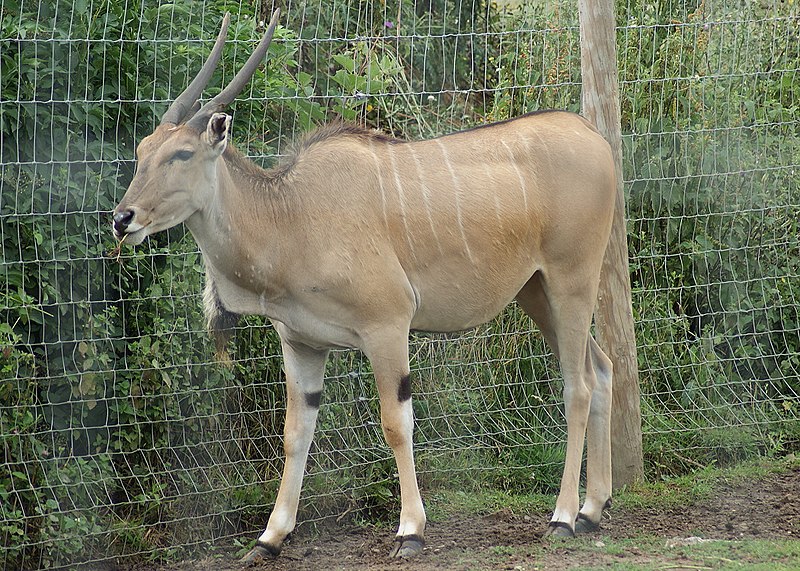
Not bounded by specific breeding seasons, elands can mate year-round! Following a three-month weaning period, calves join youthful groups, developing close bonds that last until they reach two years. Total group protection is a shared responsibility where every mother defends not just her calf, but also the group against predators.
Hunter’s Interest: A Threat
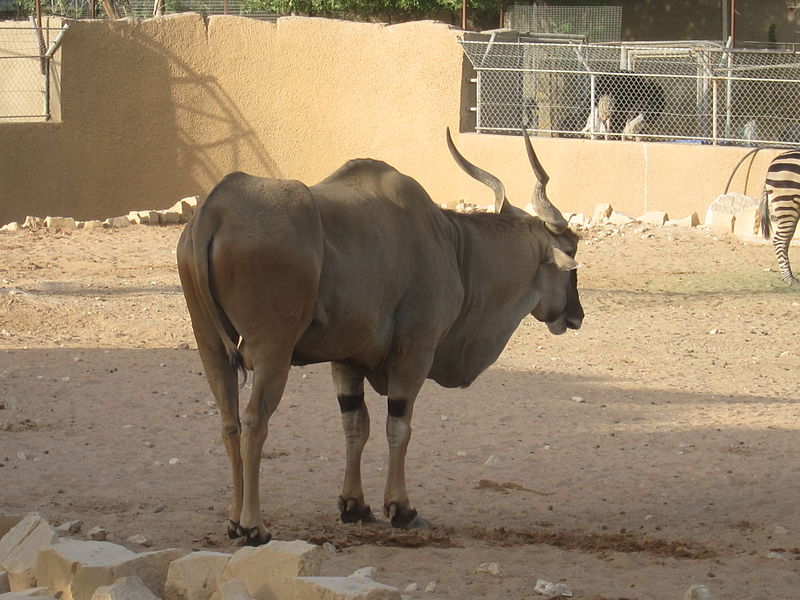
- Illegal hunting for meat and hide is a prevalent threat to their population.
- Despite laws, attempts are made to raise domesticated antelope on ranches, similar to beef cattle, needing considerable land to meet their grazing requirements.
In conclusion, large antelope hold an irreplaceable spot in the biodiversity of the African Savannah. Recognizing the various facets of their existence allows us to truly appreciate these majestic beasts. If we grow more aware and take action, these wild wonders will continue to grace our Earth, captivating both our hearts and minds.
Related Resources:
Small African Antelope
Nilgai Antelope
Pronghorn Antelope
What Do Deer Eat?